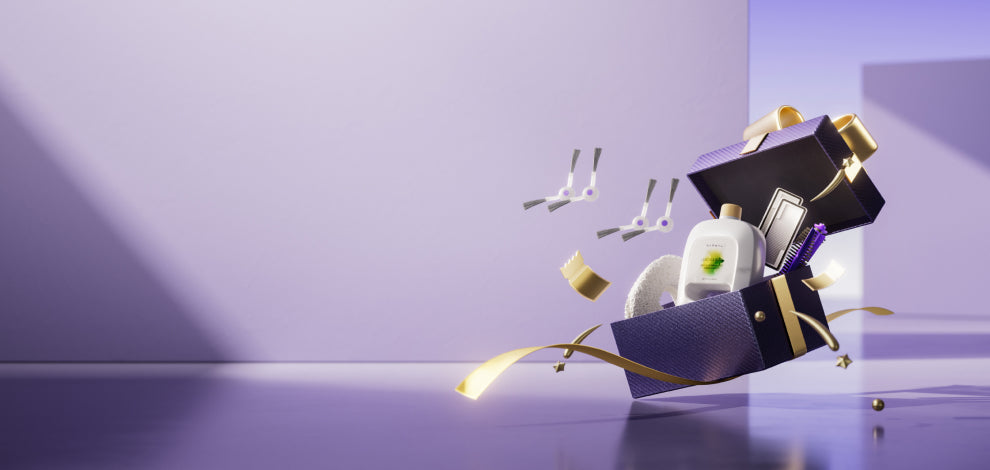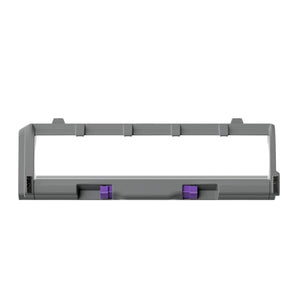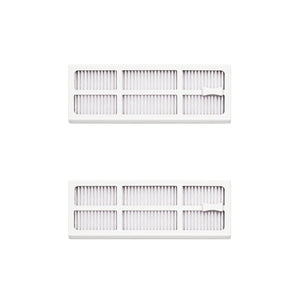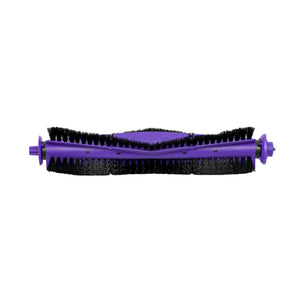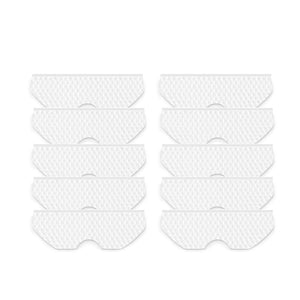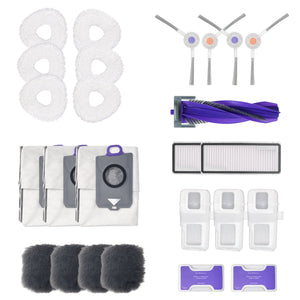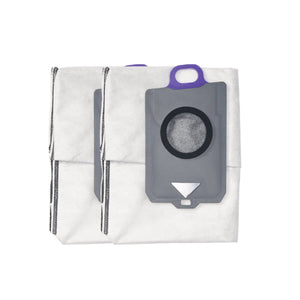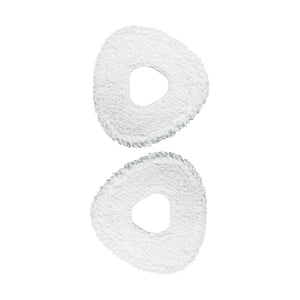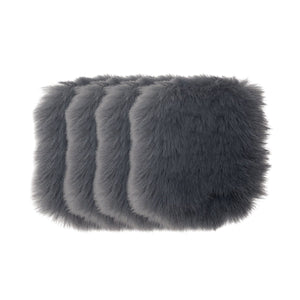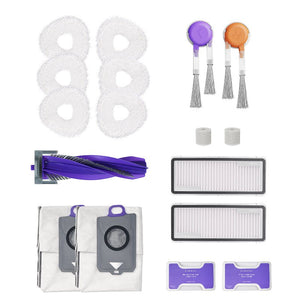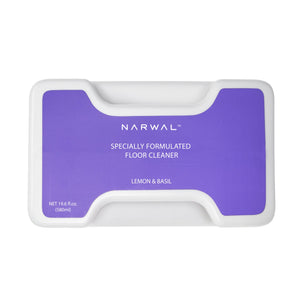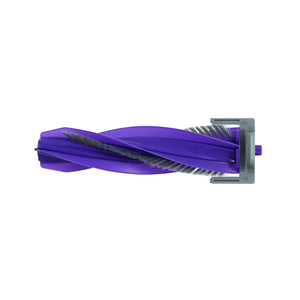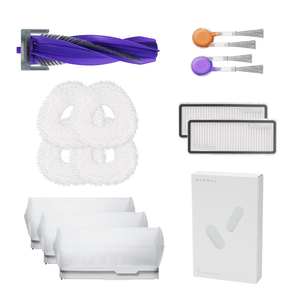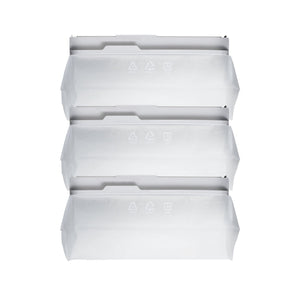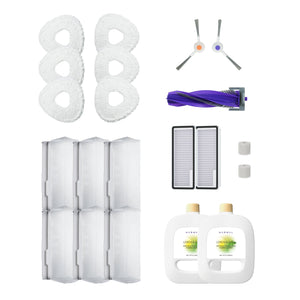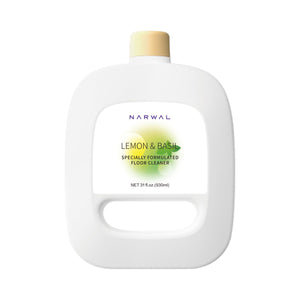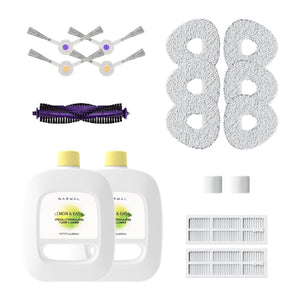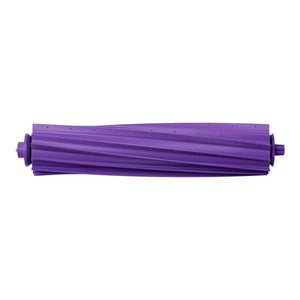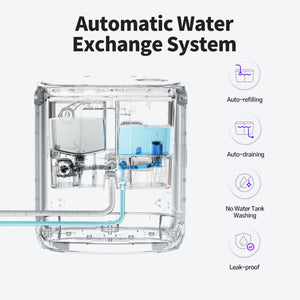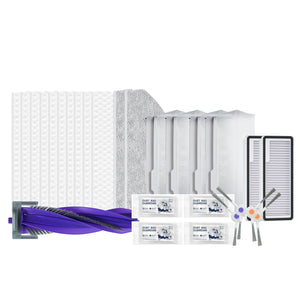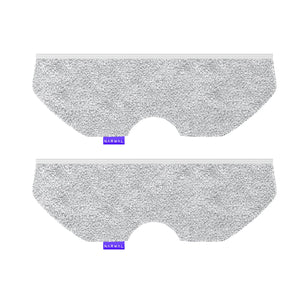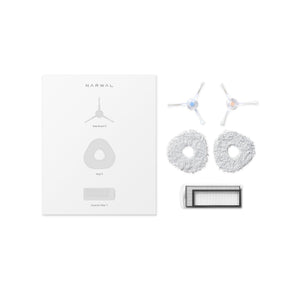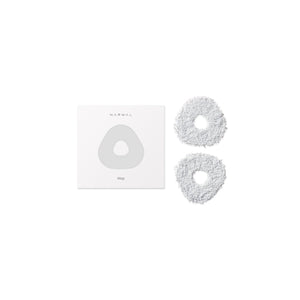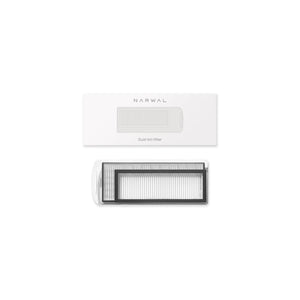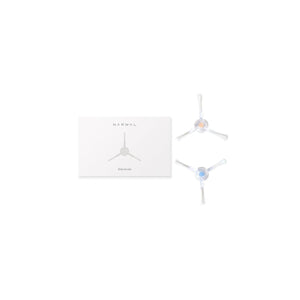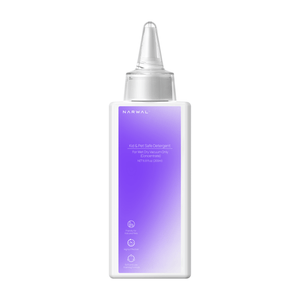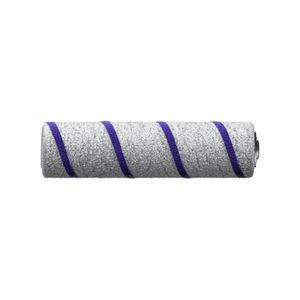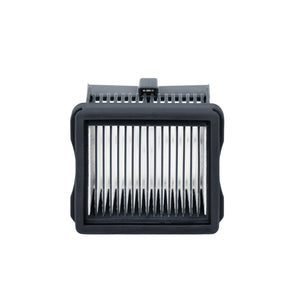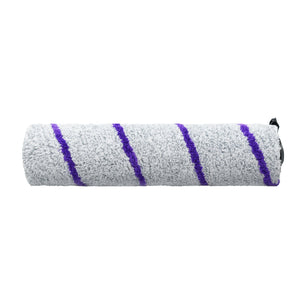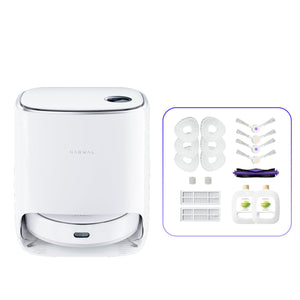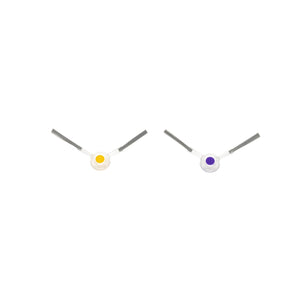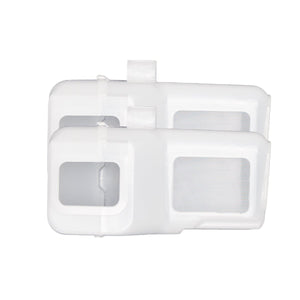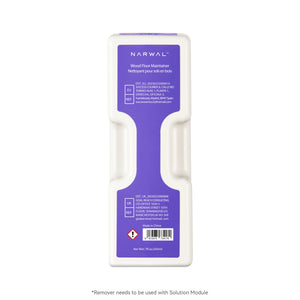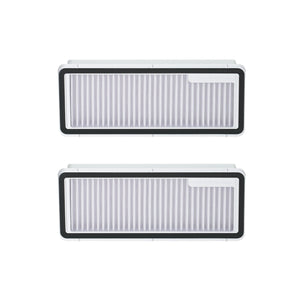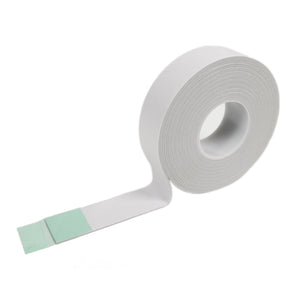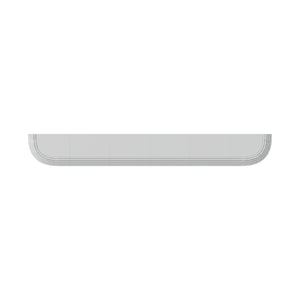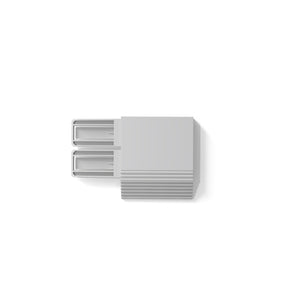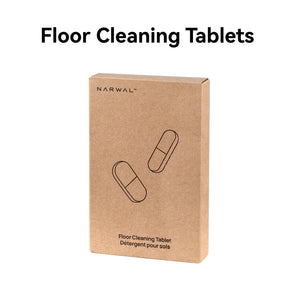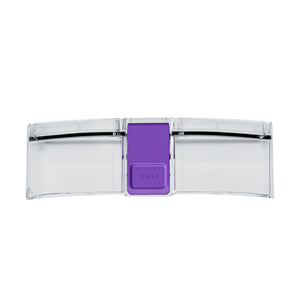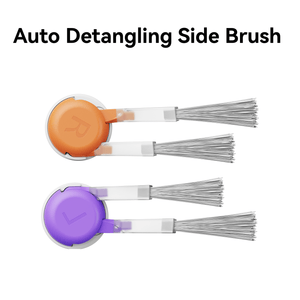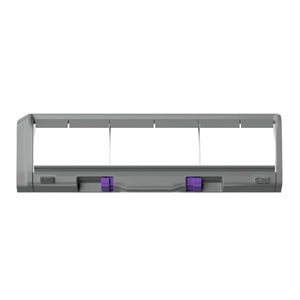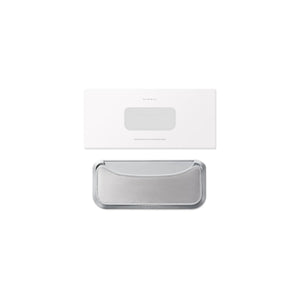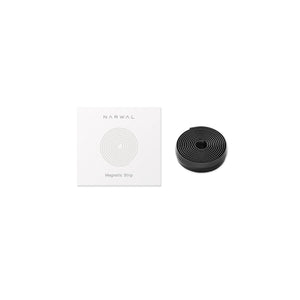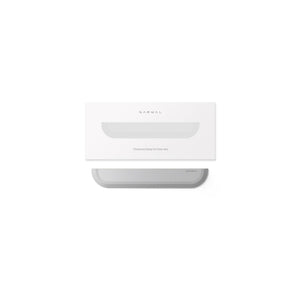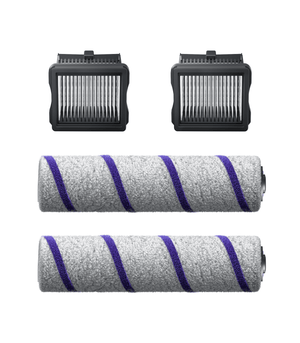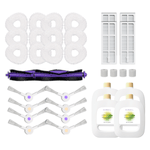Yes, robot vacuum excel at cleaning ceramic and porcelain tiles, handling dust, pet hair, and even grout. Tired of sweeping those glossy surfaces? I understand—tiles are stunning but tough to keep spotless. This guide gives you clear, practical answers to make cleaning easier.
We’ll dive into how robot vacuums tackle smooth and uneven tiles. You’ll discover key features like suction power, mopping modes, and edge-cleaning for corners. I’ll also address concerns like pet hair, long hair, and dust buildup. By the end, you’ll know if a robot vacuum fits your tile floors and which models work best. Ready to simplify your chores? Let’s get started!
Do Robot Vacuums Clean Tile Floors Well?
Yes, they clean ceramic and porcelain tiles well, tackling grout and maintaining shine. Wondering how? You’re not alone. Let’s explore their performance through ceramic and porcelain cleaning, grout and uneven tile navigation, and wet mopping capabilities.
How Robot Vacuums Deal with Ceramic and Porcelain Tiles
Your ceramic or porcelain tiles look stunning, but dust and debris can dull their shine. Robot vacuums are great for these smooth surfaces. They use strong suction to grab dirt and small particles. Most models have brushes that sweep debris into the vacuum path. This keeps your floors gleaming without much effort.
Want to keep that shiny appearance? Find models with changeable suction levels. These prevent scratches on glossy tiles. Some even have polishing modes to enhance shine. Rest assured, a good robot vacuum can handle your ceramic or porcelain tiles with ease.
Navigating Grout and Uneven Tiles
Grout lines and uneven tiles can trip up some robot vacuums. You might ask, “Can they really clean those tricky spots?” The answer's yes, but it relies on the model. High-suction vacuums pull dirt from grout lines effectively. Edge-cleaning brushes reach into crevices where dust hides.
For uneven tiles, choose a vacuum with adaptive navigation. These models adjust to slight height changes without getting stuck. Sensors help them map your floor layout, ensuring no spot is missed. If grout buildup is a concern, you may need occasional manual cleaning, but a quality robot vacuum handles most of the work.

Wet Cleaning Capabilities for Tiles
Do you want your tiles to sparkle after a deep clean? Many robot vacuums now offer mopping features. These hybrid models vacuum and mop at the same time. They use water tanks and microfiber pads to wipe away smudges and light stains.
Curious if a wet vac works on tile floors? Absolutely. Mopping modes are safe for sealed ceramic and porcelain tiles. Just ensure the model has adjustable water flow to avoid over-wetting. This feature is perfect for tackling sticky spots or dust, leaving your floors fresh and clean.
Best Robot Vacuums for Tile Floors with Specific Needs
Got specific challenges with your tile floors? Maybe you have pets, tight corners, or a two-story home. You require a robot vacuum that matches your lifestyle. Let’s explore the best options for common needs, so you can pick the right one.
Pet Hair and Long Hair on Tile Floors
Dealing with pet hair or long hair on your tiles? It may stick or get tangled, making cleaning a problem. Good news: many robot vacuums are designed for this. Models with tangle-free rollers prevent hair from clogging the brush. Strong suction pulls pet hair and long strands off tiles easily.
Want the best results? Choose a vacuum with a high-efficiency filter. This traps pet dander and allergens, keeping your air clean. Your tiles will stay hair-free, and your home will feel fresher. No more chasing fur across the floor!
Cleaning Corners and Small Spaces
Ever notice dust piling up in corners or under furniture? You might wonder, “Can a robot vacuum reach those spots?” Yes, it can, if it has the right features. Look for D-shaped models or ones with side brushes. These sweep debris from edges and tight spaces.
Smart navigation is key. Advanced models use sensors to hug walls and fit into small areas. This ensures every corner of your tile floor stays clean. Bid farewell to manual sweeping in tricky spots.
Robot Vacuums for Two-Story Homes
Live in a two-story house? You need a robot vacuum that can handle multiple floors. Modern models offer multi-floor mapping. They save different floor plans, so you don’t need to reset them upstairs or downstairs. No drilling or complex setup required.
Portability matters too. Pick a lightweight model you can easily carry between floors. With smart navigation, it adapts to each level’s layout. Your tile floors, whether upstairs or down, will stay spotless with minimal effort.
If you would like to know more about specific best robot vacuum models for tile, you can further reading it.
Important Features to Consider in a Robot Vacuum for Tile Floors
Picking a robot vacuum for your tile floors can feel daunting. You need one that cleans well and suits your needs. Let’s explore three key features to simplify your choice: strong suction and the right brushes, smart connectivity for easy control, and advanced navigation to cover every spot.

Suction Power and Brush Types
Strong suction is crucial for tile floors. It picks up dust, dirt, and pet hair from smooth areas and grout crevices. Adjustable suction settings are a bonus. They let you switch between tiles and carpets without scratching your floors.
Brush type matters too. Rubber rollers work best for tiles, as they pick up hair without tangling. Bristle brushes can scatter debris on hard surfaces. Want versatility? Pick a model that handles both tiles and carpets seamlessly.
Smart Features and Connectivity
Imagine scheduling your vacuum to clean while you’re asleep. Wi-Fi-enabled models make this possible. You can manage them through an app, set cleaning schedules, or monitor progress remotely. No Wi-Fi? Some models work without it, using remote controls or buttons.
Smart features cut down time. Voice control via Alexa or Google Assistant is useful for hands-free use. These options let you keep your tile floors clean with minimal effort, even at night.
Navigation and Obstacle Avoidance
Ever worry about a vacuum getting lost in dark corners? Advanced navigation fixes that. LiDAR or camera-based systems map your home, even in low light. This ensures your vacuum cleans every inch of your tiles.
Obstacle avoidance is key too. Sensors detect furniture, walls, or cords, preventing collisions. Models with these features work well in complex layouts or dark areas, keeping your floors spotless without supervision.

Are Robot Vacuums a Good Choice for Tile Floors?
Yes, their convenience and cleaning power often outweigh the cost. Curious if they’re right for you? Let’s explore their benefits, limitations and solutions, and how their price compares to the value they offer.
Benefits of Using Robot Vacuums on Tiles
Robot vacuums can save you time. They clean your tile floors while you relax or work. Dust, pet hair, and small debris vanish with minimal effort. Got allergies? These devices trap allergens in high-efficiency filters, keeping your air cleaner.
Consistency is another perk. A robot vacuum sweeps daily, preventing dust buildup on ceramic or porcelain tiles. You’ll love the low-maintenance shine. For busy folks, this hands-free cleaning is a game-changer.
Limitations and Workarounds
No device is perfect. Grout lines can trap stubborn dirt, and some stains need manual scrubbing. You might ask, “Is sweeping better than vacuuming for tiles?” Vacuuming is faster, but deep grout cleaning may require a brush now and then.
Workarounds are simple. Run your vacuum regularly to prevent buildup. For tough spots, pair it with occasional manual cleaning. Most robot vacuums handle daily maintenance well, so you’re not stuck with constant chores.
Cost vs. Value
Are robot vacuums worth the price? They range from budget-friendly to premium models. A basic model might cost $200, while high-end ones hit $800 or more. You’re paying for features like mopping, smart mapping, or strong suction.
Think long-term. A robot vacuum saves hours of cleaning each month. For pet owners or large homes, the time savings add up fast. Pick a model that fits your budget and needs, and you’ll likely find the investment pays off.
Robot Vacuums on Tile Compared to Other Floor Types
Your home might have more than just tile floors. Wondering how robot vacuums handle different surfaces? Let's contrast their tile performance with hardwood, laminate, and carpet to pick the right model.
Tile vs. Hardwood Floors
Tiles and hardwood both have smooth surfaces, so you might think cleaning them is the same. Not quite. Ceramic tiles often have grout lines, while hardwood is seamless. Robot vacuums excel on both, but tiles need stronger suction for grout.
Hardwood requires gentler brushes to avoid scratches. Many models adjust automatically, using softer settings for wood and more power for tiles. Got both floors? Pick a vacuum with smart sensors to switch modes seamlessly.
If you would like to the best robot vacuum for both tile and hardwood floors, you can click here.
Tile vs. Laminate Floors
Laminate floors look like tiles or wood but are easier to clean. They lack grout, so debris doesn’t get trapped. Robot vacuums work great on laminate, sweeping dust and hair with ease. Tiles, though, need extra attention for crevices.
The good news? Most robot vacuums handle both surfaces well. Look for one with adjustable suction to tackle tile grout while gliding over laminate. You’ll keep both floors spotless without extra effort.

Tile vs. Carpet
Tiles and carpets are very different. Tiles are hard and smooth, while carpets are soft and fibrous. You might worry about a robot vacuum transitioning between them. Modern models make it easy. They detect surface changes and boost suction for carpets.
For homes with mixed flooring, choose a vacuum with strong climbing ability. It should handle low-pile carpets and tiles without getting stuck. This ensures your entire home stays clean, no matter the floor type.
Can a Robot Vacuum Be Used on Tiles?
Yes. Robot vacuums are safe for ceramic and porcelain tiles, using suction and brushes to clean without scratching.
Is Sweeping or Vacuuming Tile Better?
No. Vacuuming is faster and more convenient than sweeping, as robot vacuums handle daily dust and hair easily.
Can Robot Vacuums Clean Corners and Small Spaces?
Yes. Vacuums with side brushes and smart sensors reach corners and tight spaces, keeping them dust-free.
Conclusion
So, do robot vacuums work on tile floors? Absolutely. They handle ceramic and porcelain tiles with ease, tackling dust, pet hair, and even grout lines. Features like strong suction, mopping modes, and edge-cleaning brushes make them a great fit for your home. Whether you have pets, a two-story house, or tricky corners, there’s a model that meets your needs.
Now it's your turn. Consider what's most important—pet hair removal, wet mopping, or smart guiding. Check out top models that excel on tiles to find the perfect one. Ready to have cleaner floors with less work? Start exploring today and make your tile floors shine!














